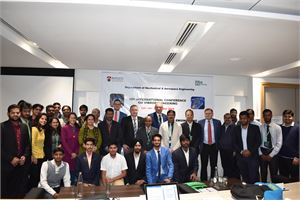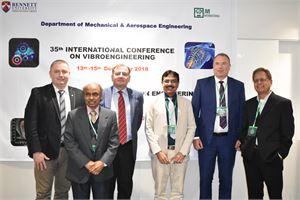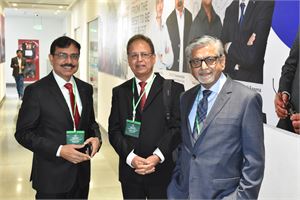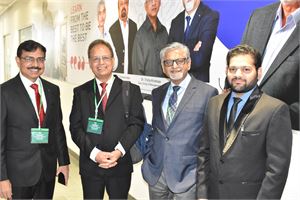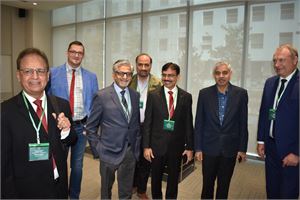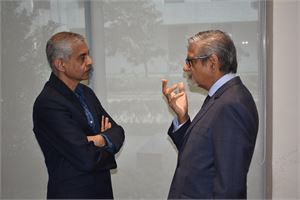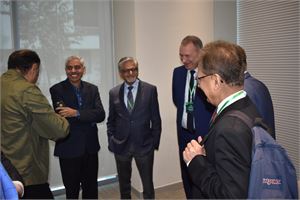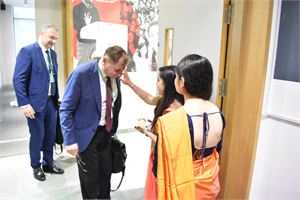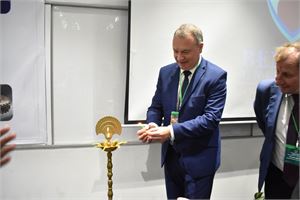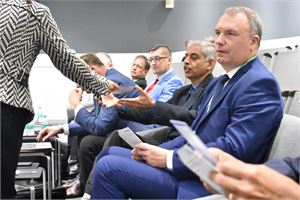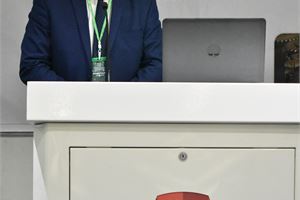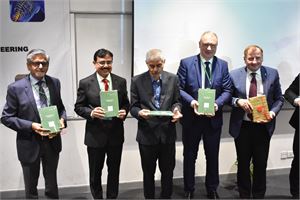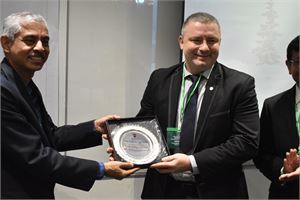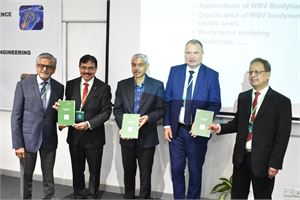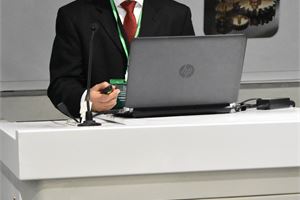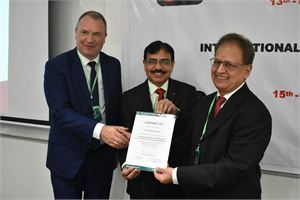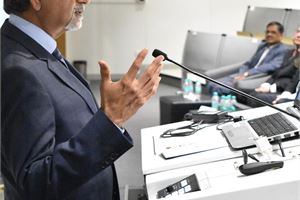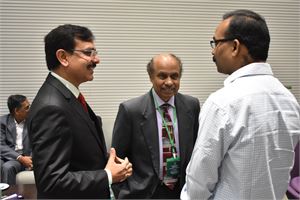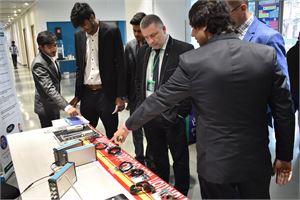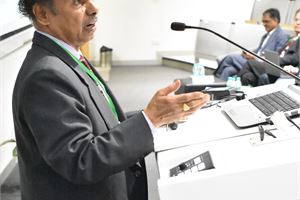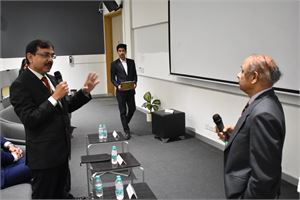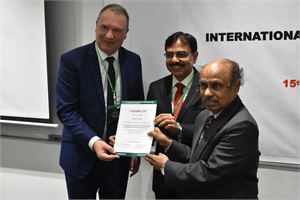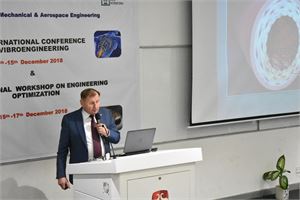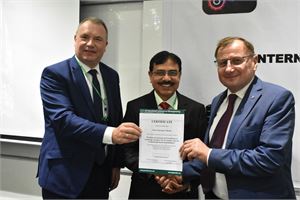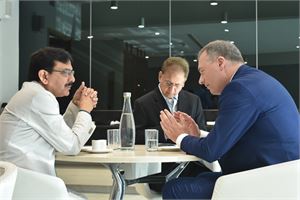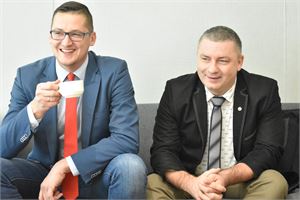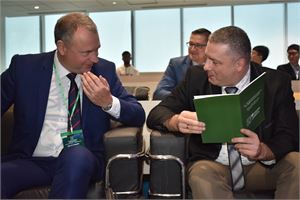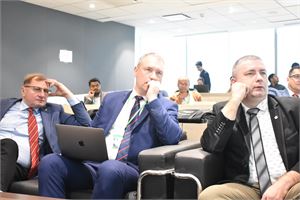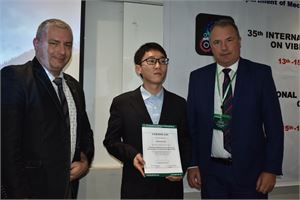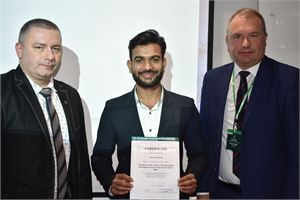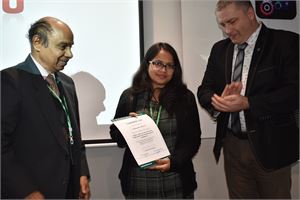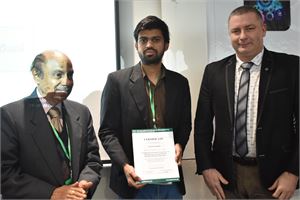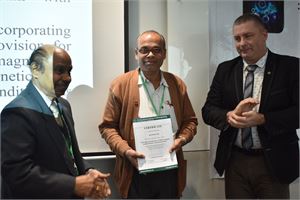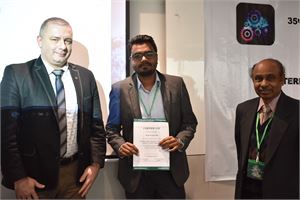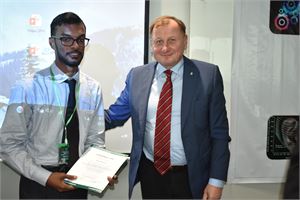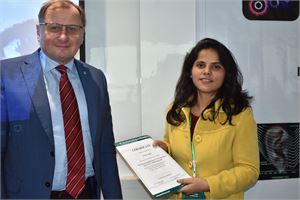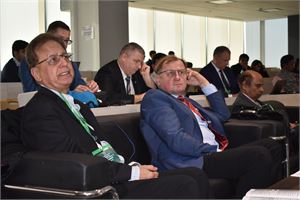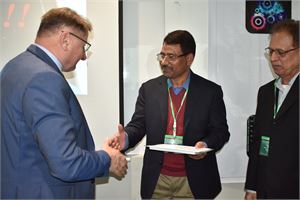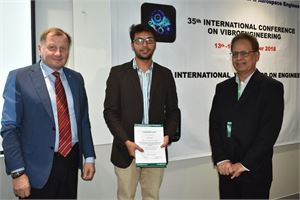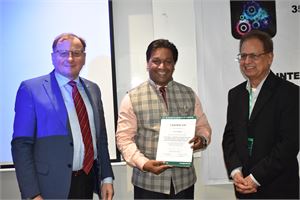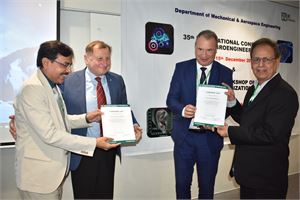35th International Conference on VIBROENGINEERING is an integral part of Vibroengineering Series Conferences and was held in Greater Noida (Delhi), India.
Conference was dedicated to researchers, scientists, engineers and practitioners throughout the world to present their latest research results, foster discussion, new ideas and develop partnerships. All JVE Conferences are integral part of the Series of Vibroengineering Conferences started in 1999. Vibroengineering Procedia is indexed in major scientific databases: Scopus, EI Compendex, Inspec, Gale Cengage, Google Scholar and EBSCO.
JVE conferences feature a broad range of high-level technical presentations, vibrant discussions and key experts and scientists from all over the world. The conference provides an opportunity to communicate your recent research advances, exchange ideas in innovative engineering technologies and enjoy endless networking advantages.
Keynote speakers
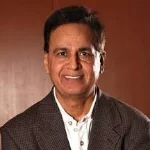
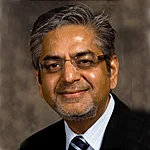




In the framework of whole-body vibration (WBV), the biodynamics refers to biomechanical responses of the human body, including its substructures, to impressed oscillatory forces or motions. The biodynamic responses of the human body to WBV form an essential basis for an understanding of the mechanical-equivalent properties of the body and the potential injury mechanisms, developments in frequency-weightings and enhanced design tools of systems coupled with the human operator. The presentation will focus on whole-body vibration biodynamics of the seated human. Responses obtained experimentally in terms of ‘to-the-body’ and ‘through-the-body’ functions will be discussed to highlight the influences of various contributory factors and confounders such as those related to gender, posture, body supports, anthropometry and nature of vibration, together with the ranges of experimental conditions employed in different studies. The biodynamic responses invariably show strong and highly complex, nonlinear and coupled effects of majority of the contributory factors. The reported studies often conclude on conflicting effects of many factors, such as posture, gender, vibration and support conditions. The coupled effects of multi-axis whole body vibration environment of vehicles on the seated body biodynamics will also be discussed on the basis of the reported measured responses. The body coupling with the visco-elastic seating supports is also known to affect the biodynamic responses, while the measurements with an elastic coupling remain challenging. Developments of functional models of the seated body constitute one of the key goals of biodynamic response characterizations so as to develop tools for engineering design/analysis of systems coupled with the human body. Different seated body models developed using lumped-parameters, multi-body dynamic and finite element methods will be presented together with their merits and limitations. The applications of these models for designs of seats and suspension systems will be briefly discussed to reflect only limited success of the models, likely due to lack of consideration of the visco-elastic human-seat interface properties in characterizing the biodynamic responses.

Prescription of the appropriate type of upper extremity prosthesis and training are necessary for increased functionality of an amputee. Otherwise, abandonment or passive use of the prosthesis will occur. Once a person undergoes an upper extremity amputation, it is quite challenging to determine the type of prosthesis the individual needs and uses. Currently, the physician has to rely on experience to prescribe the prosthesis and train each individual user. In an effort to understand user specific expected movements from a prescribed prosthesis, a robotics based simulation algorithm for able-bodied and prosthesis users during activities of daily living (ADL) was developed. To make this possible, a weighted least-norm inverse kinematics solution of the robotics based kinematic model of upper extremities and prostheses was used. The recorded motion capture data using a Viacom system were utilized to generate the weighting matrix for the inverse kinematics algorithm. Results show that this approach reproduces human-like movements of joints. This algorithm uses the person’s anthropometrics and level of amputation to create the joint motions during ADLs. A graphic user interface (GUI) is created to allow the clinician to input the data of the prospective prosthesis user. A custom-made visualization software was developed to display an animation performing the simulated motion. This simulation tools will provide the team of clinicians and the prosthesis users a visual representation of the expected results of the prosthesis prescription and training.

Many practical engineering systems are too complex to be described by precise models and in exact terms, because real-life phenomena have to be simulated by mathematical approximations. Many uncertainties are encountered in any practical problem. These uncertainties exist in most parameters that influence the response of the system. Thus it becomes impossible to perform the analysis, design and/or optimization computations using traditional deterministic approaches. In general, the responses of most engineering systems are influenced by the parameters that characterize the system and its behavior such as geometry, load or external actions and material properties. Most of the parameters associated with these systems contain different types of uncertainties. Several models have been developed and used for characterizing the various uncertainties encountered in practice. The models include the probabilistic, fuzzy, interval, or evidence-based approaches. In the probabilistic method, the uncertain parameters are assumed to be random variables/processes and the system performance is defined in terms of the probability of failure or reliability. When the parameters of the system contain information and features that are vague, qualitative and linguistic, a fuzzy approach can be used to predict the response. The interval analysis assumes that each uncertain parameter is represented as an interval number. In the evidence-based methods, information about the uncertain parameters is assumed to be known from multiple sources implying the existence of large epistemic uncertainty in the system. The multiple evidences are combined using Dempster-Shafer theory to construct a coherent picture of reality for use in analysis or design. This work presents an outline of different types of uncertain models, with an emphasis on interval method, for the analysis, design, and optimization of mechanical/structural systems along with some numerical results.
Organizing Comittee





























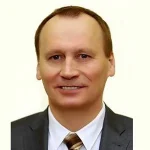











Conference Program
Gallery
Workshop
Sponsors and Partners
Conference in Greater Noida (Delhi), India was organized by JVE International with the partnership of Bennett University.








